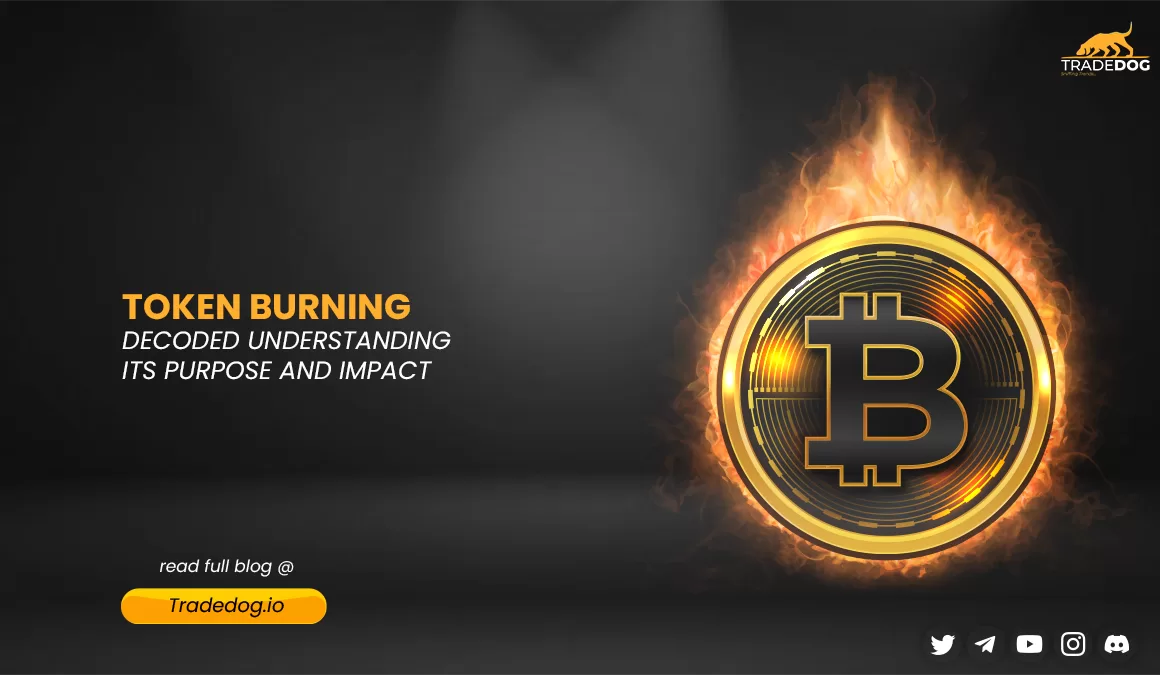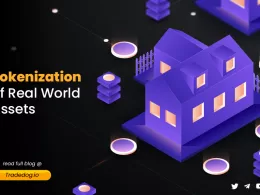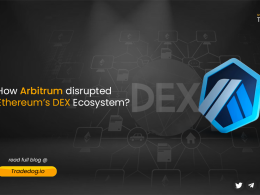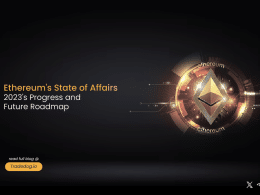Quick Links
Similar to how central banks maintain the purchasing power of fiat currency by adjusting the circulating supply and publicly traded companies engage in share buybacks to increase the value of their shares, crypto companies adopt token burning as a mechanism to enhance the value and scarcity of their tokens. This mechanism is adopted by popular blockchains, including Ethereum, Binance, and Shiba Inu. In this blog, we will delve into the details and understand what token burning is, how it works, why users embrace it, and its overall impact on the ecosystem.
What is Token Burning ?
Token burning refers to the process in which tokens (also referred to as coins) are permanently removed from the total circulating supply. This process is typically executed by the project or company that issued the tokens. It is optional that each project employs the exact mechanism for burning tokens, there are different methods to do it, but the primary aim for all the companies is common: to maintain the price of the tokens.
Reasons for Burning Tokens
Crypto projects burn tokens for several reasons, varying based on the project’s goals and ecosystem dynamics. Here are some common reasons why crypto projects engage in token burning:
Deflationary Mechanism
Token burning helps projects increase the value of their cryptocurrency by reducing the total supply of tokens in circulation. To understand this in simple terms, all you need to know is that the law of demand and supply primarily drives the price of an asset. The greater the demand for the token corresponding to limited supply, the price will appreciate making it more attractive for investors.
Proof-of-Burn
PoB is a blockchain consensus mechanism where users burn the native tokens in return for validating the network activity. The more coins a user burns, their chances of being selected as a validator increase. Validators receive rewards in the form of transaction fees and newly minted coins. When there are too many coins in circulation, the value of each coin decreases, which PoB helps to prevent by incentivizing miners to burn a portion of their rewards. It is often called the energy-efficient version of the Proof of Work (PoW) mechanism.
Price Management
Token Burning is a widely used method to manage the price of the tokens, primarily the algorithmic stablecoins. Suppose the value of stablecoin is below the peg. In that case, some tokens are burnt from circulation to increase demand for these and eventually stabilize the value of tokens.
How does Token Burning work?
Projects adopt different methods to burn tokens; one of the most common ways is by sending the tokens to a wallet. These tokens are sent to a wallet from which no transactions can be placed but can only receive tokens. Such wallet addresses are called “burner” or “eater” addresses. Usually, all wallet addresses have a private key with which one can access their tokens. Still, with burner addresses, there is no such private key, and once tokens are sent, they cannot be retrieved.
Ethereum
In August 2021, Ethereum introduced the fee-burning mechanism through the London hard fork. For every Ethereum transaction, users must pay a mandatory base fee and a priority fee to incentivize miners to prioritize to include their transactions in the block. The base fee in Ether is burnt, while the priority fee is given to the miners as a reward.
As we can observe in the data presented by Ultrasound.money, there has been a decline in the overall supply rate of Ether post the Merge. This mechanism helps Ethereum curb inflation if there is a large supply of ETH in the market, reducing its value and increasing the likelihood of price depreciation. It enables the network to maintain the price and overall token value, which incentivizes its stakeholders.
Binance Chain
During the launch of the BNB chain in 2017, they committed to burning 50% of the total supply (100 million BNB) in the long term. Over time the mechanism underwent multiple iterations and currently adopts two coin-burning mechanisms. One involves burning a portion of BNB spent as gas fees on the BNB Chain, while the other involves quarterly BNB burning events. It has recently completed the 23rd Burn Round for this quarter by burning 2,020,132.25 BNB through the Auto-Burn Mechanism, reducing the maximum supply by 1.01%.
Here’s the link to the transaction for reference. The number of tokens to be burnt depends on the on-chain data like the price and the number of blocks created in that quarter which removes the problem of burning a large quantity at once. When the total circulating supply of BNB falls below 100 million, the BNB Auto-Burn will stop through the BEP-95 mechanism, i.e. burning a portion of gas fees will continue to burn BNB.
Shiba Inu
Shiba Inu (SHIB) has made headlines for burning a large number of tokens and is a popular cryptocurrency created as a meme token. The first burning event occurred in 2021 when Vitalik Buterin burned almost half the entire supply (one quadrillion). Over 410 trillion SHIB has been burnt to date to maintain the scarcity & price of the tokens, and since the value for these is majorly community-driven, burning tokens creates a sense of shared ownership and responsibility for the project.
Ryoshi, the Shiba Inu token creator, announced the launch of a Layer 2 scaling solution Shibarium to the Ethereum network. It is designed to be a platform for developers to create new applications compatible with Shiba Inu, eventually increasing the utility of SHIB tokens beyond the meme category. Further, they have introduced a new burning mechanism which will burn a part of gas in every SHIB transaction, increasing the value of these tokens and helping them grow via deflationary tokenomics.
Impact of Token Burning
When tokens are burned, they are effectively taken out of circulation, reducing the total supply available in the market. This reduction in supply can have several effects both positive and negative on the value and dynamics of a cryptocurrency.
Positives
(I) Increased Scarcity and Value: Token burning reduces the total supply of a cryptocurrency, creating scarcity. With a reduced supply and steady or increasing demand, the value of the remaining tokens may appreciate. This can incentivize investors and contribute to the growth of a vibrant token economy.
(II) Improved Tokenomics: One of the primary advantages of token burning is that it helps to curb inflation. The value of tokens reduces when there is excess supply, so burning tokens can help maintain the value, control inflation and maintain a balanced token ecosystem.
(III) Network Security and Decentralization:
In PoB cases, token burning can enhance the security and decentralization of blockchain networks. By reducing the token supply, burning can incentivize token holders to actively participate in securing the network and contribute to its overall health and resilience.
Negatives
(I) Negative Impact on Liquidity: Since the tokens are permanently removed from circulation, it may create a problem when there is insufficient supply to meet the normal operating activities of the project. This can create price volatility and limit the trading opportunities for participants.
In the case of Ethereum, if more ETH is burned through base fees than generated in mining rewards, then the token will be deflationary. At the same time, if more is minted than burned, then the token will be inflationary. With this mechanism, the core developers also need to figure out the long-term quantity of ETH, as it depends on user demand for block space, ultimately deciding if the token will be inflationary or deflationary.
(II) Requirement of Large Quantities: Another challenge associated with token burning is the requirement to eliminate a substantial number of tokens from circulation to impact the asset’s market value. This is difficult to achieve for projects with limited or insufficient supply or lacking a sizable number of tokens in circulation.
Conclusion
Burning Tokens is one of the most popular mechanisms blockchain projects adopt to manage supply and increase value. It works on the fundamental law of demand and supply. It must be exercised based on the token economics, project goals, community decisions and overall market conditions. It comes with its pros and cons, and it must be noted that it is not the only method to manage the supply and value of a cryptocurrency.









